12 Powerful Mind Map Examples to Transform Your Project Planning with AI
The Evolution of Mind Mapping in Project Management
I've been using mind maps for years to organize my thoughts and plan projects, and I've seen firsthand how they've evolved from simple diagrams to powerful AI-enhanced visual tools. In this guide, I'll share the most effective mind mapping examples that can revolutionize your project planning process.
Evolution of Mind Mapping in Project Management
I've watched mind mapping evolve from simple pen-and-paper diagrams to sophisticated digital tools that transform how we approach project planning. The journey has been remarkable, and I believe understanding this evolution helps us better leverage these powerful visual tools.

The fundamental principles of mind mapping remain consistent: a central concept branches out to related ideas, creating a visual hierarchy that mirrors how our brains naturally connect information. This visual thinking approach offers significant psychological benefits, including improved recall, enhanced creativity, and better problem-solving capabilities.
Today, AI tools for mind mapping have transformed the brainstorming experience by automating structure creation, suggesting connections between concepts, and even generating entire branches based on minimal input. This AI enhancement has made mind mapping more accessible and powerful than ever before.
Key Benefits of Modern Mind Mapping
- Accelerated idea generation through AI suggestions
- Improved information organization with smart categorization
- Enhanced collaboration through real-time multi-user editing
- Better retention and understanding through visual representation
- Reduced cognitive load by externalizing complex relationships
Essential Mind Map Types for Project Planning
In my experience managing various projects, I've found that different types of mind maps serve specific planning needs. Let me share the three most essential mind map structures that have consistently helped me organize projects effectively.
Project Scope Visualization Maps
When starting a new project, I always create a scope visualization mind map to break down complex initiatives into manageable components. This approach helps me define clear boundaries and deliverables while identifying potential scope creep before it becomes problematic.
flowchart TD
A[Project Scope] --> B[Core Features]
A --> C[Nice-to-Have Features]
A --> D[Out of Scope]
B --> B1[Feature 1]
B --> B2[Feature 2]
B --> B3[Feature 3]
C --> C1[Enhancement 1]
C --> C2[Enhancement 2]
D --> D1[Future Phase]
D --> D2[Not Aligned]
style A fill:#FF8000,stroke:#333,stroke-width:2px
style B fill:#42A5F5,stroke:#333,stroke-width:1px
style C fill:#66BB6A,stroke:#333,stroke-width:1px
style D fill:#EF5350,stroke:#333,stroke-width:1px
Project Scope Visualization Mind Map Example
Resource Allocation Mind Maps
Resource allocation is critical to project success. I use these mind maps to create visual repositories of team resources and skills, mapping team member strengths to specific project requirements. This visualization helps me identify resource dependencies and constraints early in the planning process.
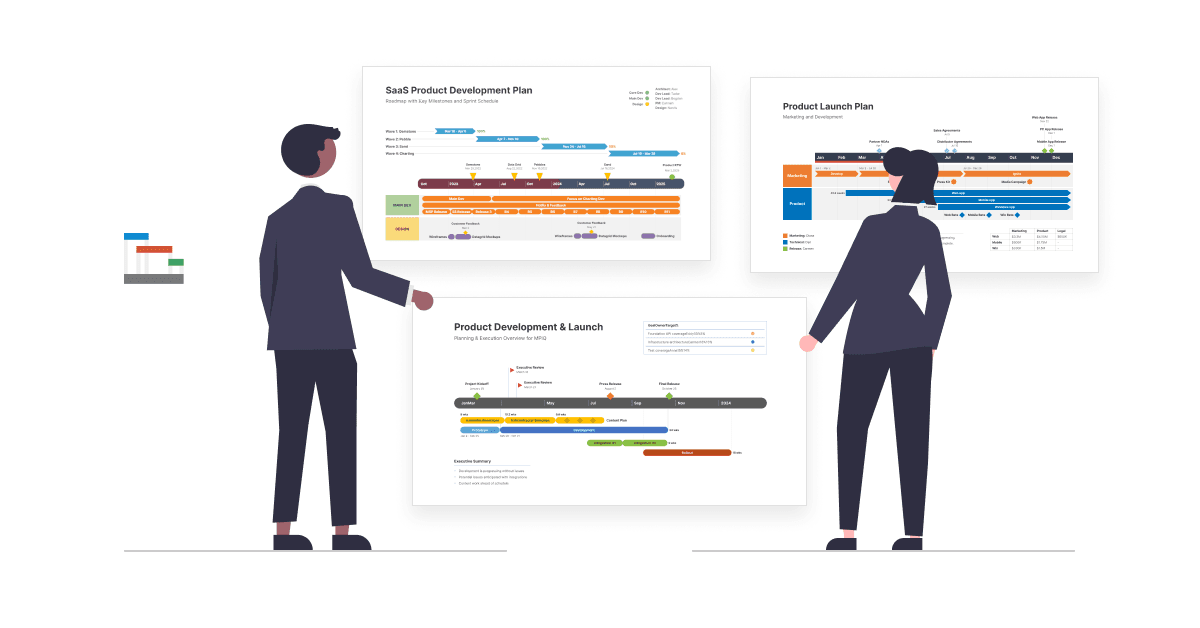
Timeline and Milestone Planning Maps
Timeline mind maps help me structure project phases with clear visual hierarchies. I find them particularly useful for highlighting critical path elements and dependencies while integrating deadline visualization with task relationships.
When creating these essential mind maps, I've found that methods to organize thoughts make a significant difference in the quality and usefulness of the final visualization. By applying structured thinking techniques, I can create mind maps that truly capture the essence of project requirements.
Specialized Mind Maps for Different Project Types
Different projects require specialized mind mapping approaches. Through my work across various industries, I've developed custom mind mapping templates for specific project types that consistently deliver results.
Product Development Mind Maps
When working on product development, I structure my mind maps to facilitate feature brainstorming and prioritization. These maps integrate user journey mapping with development milestones and visualize product roadmaps with clear stakeholder input points.
flowchart TD
A[Product Vision] --> B[User Needs]
A --> C[Technical Requirements]
A --> D[Business Goals]
B --> B1[Pain Points]
B --> B2[User Stories]
B --> B3[Feedback Loops]
C --> C1[Architecture]
C --> C2[Dependencies]
C --> C3[Performance]
D --> D1[Revenue Targets]
D --> D2[Market Position]
D --> D3[Growth Metrics]
style A fill:#FF8000,stroke:#333,stroke-width:2px
style B fill:#42A5F5,stroke:#333,stroke-width:1px
style C fill:#66BB6A,stroke:#333,stroke-width:1px
style D fill:#AB47BC,stroke:#333,stroke-width:1px
Product Development Mind Map Structure
Marketing Campaign Mind Maps
For marketing campaigns, I create mind maps that visualize channel strategy and content planning. These maps help me align messaging with audience segments and integrate campaign timelines with performance metrics for better tracking.
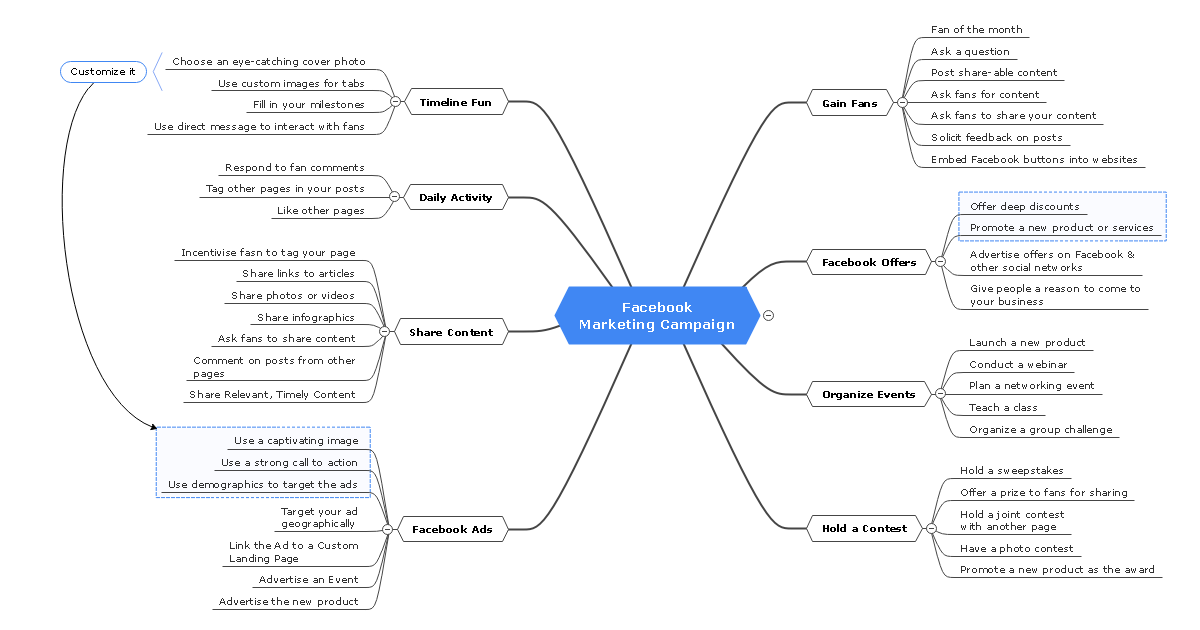
Research Project Mind Maps
Research projects benefit from mind maps that structure hypothesis development and testing frameworks. I use these maps to organize literature reviews, identify knowledge gaps, and plan data collection and analysis strategies.
These specialized mind maps have transformed how I approach different project types. By using the right template for each situation, I can focus on the unique requirements of each project while maintaining a consistent visual language across my work.
Transforming Complex Information with AI-Powered Mind Mapping
The integration of AI into mind mapping has revolutionized how I handle complex information. These advanced tools help me transform unstructured data into clear, actionable insights with minimal effort.
Converting Meeting Notes to Structured Mind Maps
One of my favorite applications of AI mind mapping tools is transforming messy meeting notes into organized visual hierarchies. The AI can extract action items and decisions from conversation transcripts, creating shareable visual summaries that make follow-up much more effective.
flowchart TD
A[Meeting Summary] --> B[Decisions Made]
A --> C[Action Items]
A --> D[Open Questions]
B --> B1[Decision 1: Approve budget]
B --> B2[Decision 2: Timeline extension]
C --> C1[Task 1: Sarah - Research]
C --> C2[Task 2: Mike - Design]
C --> C3[Task 3: Team - Review]
D --> D1[Q1: Vendor selection]
D --> D2[Q2: Resource allocation]
style A fill:#FF8000,stroke:#333,stroke-width:2px
style B fill:#42A5F5,stroke:#333,stroke-width:1px
style C fill:#66BB6A,stroke:#333,stroke-width:1px
style D fill:#EF5350,stroke:#333,stroke-width:1px
AI-Generated Meeting Notes Mind Map
Turning Research Documents into Visual Knowledge Maps
When faced with lengthy research documents, I use AI to extract key concepts and build visual knowledge maps. This approach helps me identify relationships between concepts, build visual citation networks, and spot knowledge gaps that might otherwise go unnoticed.
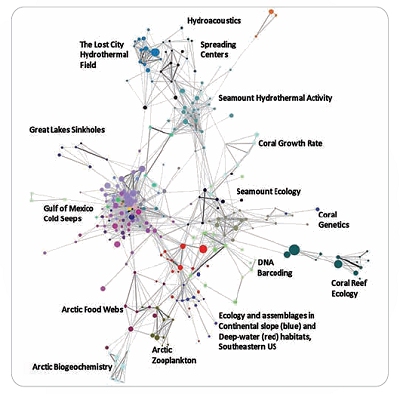
Generating Project Requirement Maps from Client Briefs
Client briefs often contain scattered requirements that need organization. I've had great success using turn images into mind maps using AI to transform even handwritten notes or whiteboard photos into structured project requirement maps that visualize dependencies and priorities.
The power of AI-enhanced mind mapping lies in its ability to quickly process and organize information that would take hours to structure manually. This efficiency allows me to focus on analysis and insight rather than spending time on basic organization tasks.
Collaborative Mind Mapping Techniques for Teams
Some of my most productive project planning sessions have involved collaborative mind mapping with my team. These shared visual spaces foster creativity and alignment in ways that traditional meetings simply cannot match.
Real-time Collaborative Brainstorming Structures
I've developed specific structures for facilitating multi-user input in shared visual spaces. These techniques help team members build on each other's ideas visually while providing methods for organizing and categorizing collaborative input in real-time.
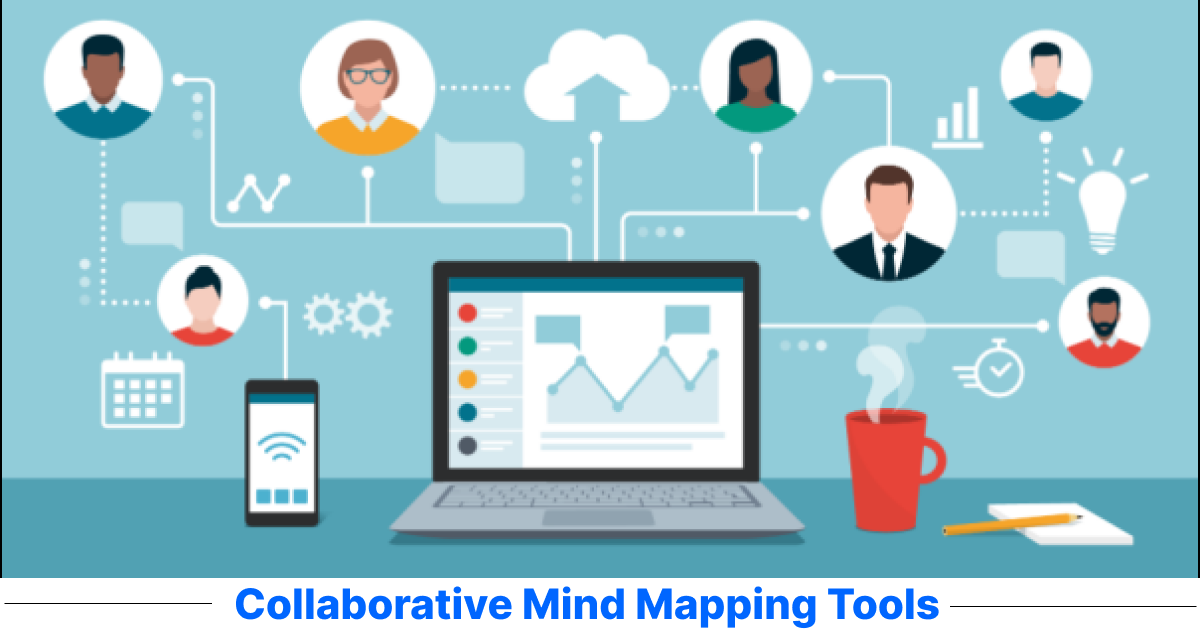
Decision-Making Mind Map Frameworks
When facing complex decisions, I create mind maps that visualize options and consequences. These frameworks include weighted criteria maps for objective evaluation and document decision pathways for transparent stakeholder communication.
flowchart TD
A[Key Decision] --> B[Option A]
A --> C[Option B]
A --> D[Option C]
B --> B1[Pro: Low cost]
B --> B2[Pro: Quick implementation]
B --> B3[Con: Limited features]
C --> C1[Pro: Full feature set]
C --> C2[Pro: Scalable]
C --> C3[Con: High cost]
D --> D1[Pro: Balanced approach]
D --> D2[Con: Moderate timeline]
D --> D3[Con: Medium complexity]
style A fill:#FF8000,stroke:#333,stroke-width:2px
style B fill:#42A5F5,stroke:#333,stroke-width:1px
style C fill:#66BB6A,stroke:#333,stroke-width:1px
style D fill:#AB47BC,stroke:#333,stroke-width:1px
Decision-Making Mind Map Framework
Problem-Solving Mind Map Templates
For complex problems, I use specialized mind map templates that facilitate root cause analysis visualization. These templates include solution brainstorming frameworks and implementation planning with clear resource allocation.
These collaborative techniques have transformed my team's ability to work together effectively. By creating shared visual spaces, we can leverage diverse perspectives and expertise while maintaining a clear structure that guides us toward actionable outcomes.
Implementing Mind Maps in Your Project Workflow
Creating beautiful mind maps is only valuable if they integrate seamlessly into your workflow. I've developed specific strategies to ensure mind maps become central to project execution rather than forgotten artifacts.
Integration with Project Management Tools
To maximize the value of mind maps, I connect them to task management systems, creating seamless workflows between visual planning and execution. This integration maintains visual context throughout the project lifecycle, helping team members understand how their tasks relate to the bigger picture.
flowchart LR
A[Mind Map] --> B[Task Management]
A --> C[Documentation]
A --> D[Communication]
B --> B1[Jira Tasks]
B --> B2[Trello Cards]
B --> B3[Asana Projects]
C --> C1[Confluence Pages]
C --> C2[Google Docs]
D --> D1[Team Meetings]
D --> D2[Status Reports]
style A fill:#FF8000,stroke:#333,stroke-width:2px
style B fill:#42A5F5,stroke:#333,stroke-width:1px
style C fill:#66BB6A,stroke:#333,stroke-width:1px
style D fill:#AB47BC,stroke:#333,stroke-width:1px
Mind Map Integration with Project Tools
Mind Map Review and Revision Processes
Projects evolve, and mind maps must evolve with them. I establish regular mind map update sessions as projects progress, using visual differencing to track changes over time and implementing version control practices for complex mind maps.
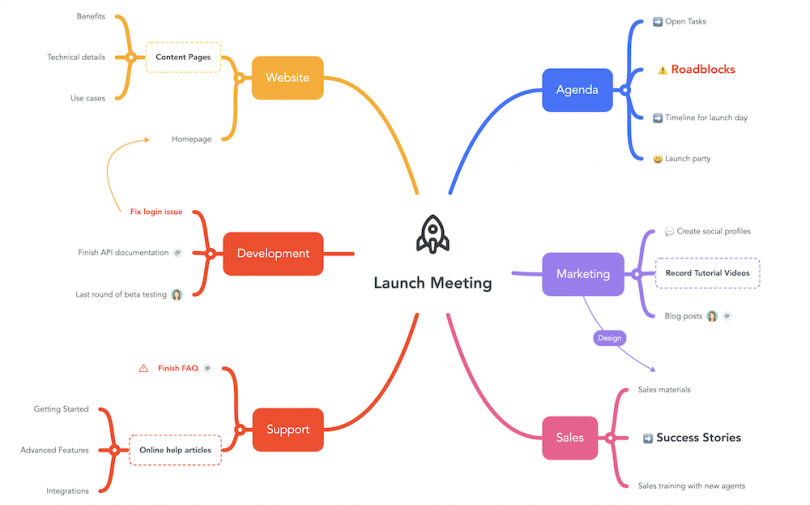
Presentation Techniques for Mind Map Deliverables
Complex mind maps can overwhelm stakeholders if presented all at once. I've developed techniques for converting mind maps into executive summaries, creating progressive disclosure in presentations, and developing stakeholder-specific views that focus on relevant aspects of the project.
By implementing these strategies, I ensure that mind maps remain valuable throughout the project lifecycle rather than becoming outdated documentation. This ongoing relevance is key to maximizing the return on the time invested in creating these visual tools.
Future of Mind Mapping: AI-Enhanced Visual Thinking
The future of mind mapping is incredibly exciting, with AI advancements creating possibilities that were science fiction just a few years ago. Let me share some emerging capabilities that I believe will transform how we use mind maps for project planning.
Voice-to-Mind-Map Capabilities
I'm particularly excited about the development of conversational inputs that generate structured visual outputs. These tools will allow us to use voice commands to reorganize and refine mind maps while integrating meeting recordings with visual documentation automatically.
flowchart TD
A[Voice Input] -->|Speech Recognition| B[Natural Language Processing]
B -->|Entity Extraction| C[Mind Map Generation]
B -->|Intent Recognition| D[Map Reorganization]
C --> E[Visual Output]
D --> E
style A fill:#FF8000,stroke:#333,stroke-width:2px
style B fill:#42A5F5,stroke:#333,stroke-width:1px
style C fill:#66BB6A,stroke:#333,stroke-width:1px
style D fill:#AB47BC,stroke:#333,stroke-width:1px
style E fill:#26C6DA,stroke:#333,stroke-width:1px
Voice-to-Mind-Map Process Flow
Predictive Mind Mapping for Project Planning
AI is becoming increasingly capable of suggesting related concepts and connections based on existing mind map content. These tools can identify potential project risks through pattern recognition and recommend resource allocations based on project structure, making planning more proactive and comprehensive.
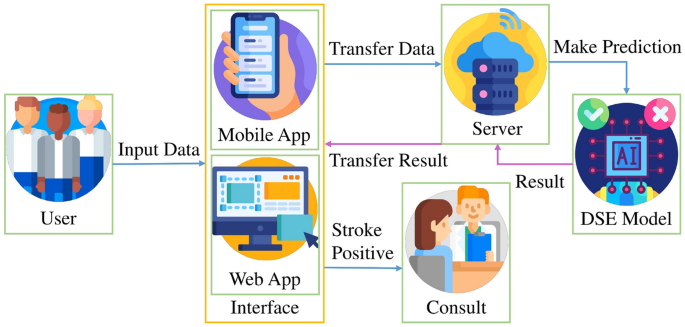
Adaptive Mind Maps That Evolve With Your Project
Perhaps most exciting are the emerging tools that create living documents that update based on project progress. These adaptive mind maps visualize changes in project direction and scope over time while maintaining historical context, providing a comprehensive view of project evolution.
As someone who has used mind maps throughout my career, I'm thrilled by these AI-enhanced possibilities. The combination of human creativity with AI assistance creates a powerful synergy that will make visual thinking more accessible and valuable than ever before.
For those interested in exploring how visual presentations can enhance project communication, I recommend checking out visual presentation examples that demonstrate the power of well-designed visual communication.
Transform Your Visual Expressions with PageOn.ai
Ready to revolutionize your project planning with AI-powered mind maps? PageOn.ai makes it easy to create stunning visual mind maps that transform complex ideas into clear, actionable insights. Whether you're brainstorming new concepts, planning project timelines, or organizing research findings, our intuitive tools help you visualize your thinking in ways that drive results.
Conclusion: The Power of Visual Thinking
Throughout this guide, I've shared 12 powerful mind map examples that can transform your project planning process. From basic project scope visualization to advanced AI-powered adaptive mind maps, these visual tools provide clarity and insight that traditional planning methods simply cannot match.
The evolution of mind mapping continues at a rapid pace, with AI enhancements making these tools more powerful and accessible than ever before. By implementing the examples and techniques I've shared, you can harness the power of visual thinking to drive better project outcomes.
Remember that the most effective mind maps are those that evolve with your project and integrate seamlessly with your workflow. By treating mind maps as living documents rather than static artifacts, you can ensure they remain valuable throughout the project lifecycle.
As you explore these mind mapping techniques, consider how tools like PageOn.ai can help you create more effective visual expressions with less effort. The combination of human creativity and AI assistance represents the future of project planning—a future where complex ideas are made clear through powerful visual thinking.
You Might Also Like
Strategic Infographic Planning: Transform Complex Ideas into Visual Narratives | PageOn.ai
Master strategic content planning for infographics that tell clear visual stories. Learn frameworks, data visualization strategies, and design elements that transform complex ideas into engaging narratives.
Legal Interpretation Theory: From Textual Analysis to Visual Meaning-Making | PageOn.ai
Explore the evolution of legal interpretation theory from strict textualism to constructive meaning-making, and discover how visual tools transform complex legal reasoning into accessible frameworks.
Creating Interactive and Animated Infographics for Enhanced User Engagement
Discover how to transform data into captivating interactive stories through animated infographics. Learn best practices, technical approaches, and tools for creating engaging visual experiences.
Essential Open Source Tools for Local AI Development and Deployment | PageOn.ai
Discover the best open source tools for local AI development, from foundation models like Llama to deployment platforms like Ollama. Build your complete local AI stack with this visual guide.